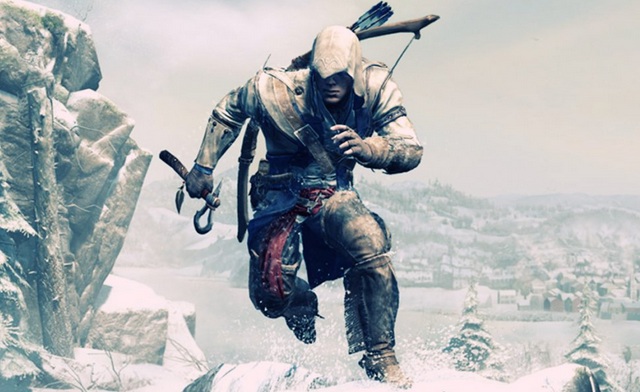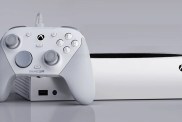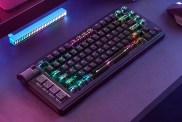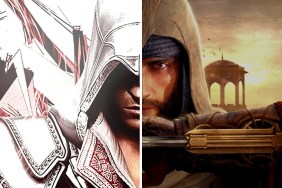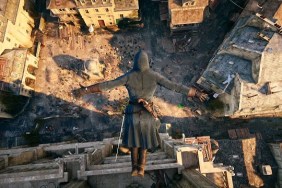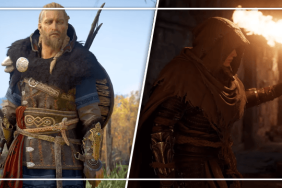Assassin's Creed III's procedural animators created stuff that was too advanced to make it into a current-gen game.
At the Artificial Intelligence Summit at GDC, Aleissia Laidacker and Richard Dumas of Ubisoft Montreal revealed that Assassin's Creed III had even more advanced movement AI than was seen in the completed game. With a three-year development cycle, they pushed to upgrade every aspect of Connor's movement.
Laidacker stated that the goal for the procedural animation—all the running, free-running, climbing, movement that Connor and other characters do in the game—was to "Redo everything, but change nothing." As the team developed the title, there was a feeling that the protagonist was moving "too much like Ezio" and so they went back and rebuilt everything with more advanced properties for smoother, more realistic movement.
The result, and also the challenge presented in the forest environment, meant having to change the style, like changes in the free-runing mechanic to make avoiding/moving over obstacles and climbing more dynamic. Other goals included making obstacle navigation more natural by having the character strafe first, before turning when the stick was pushed in a new direction. In previous AC games the procedural animation devs told designers not to create surfaces with angles 30 degrees or higher, or they would look bad. This was fixed, with more natural movement in areas like angled roofs with three different animation types depending on the steepness of the slope.
What was most fascinating, though, were the advances that the developers talked about that weren't seen as much in the game. Due to the needs of a forested environment and uneven surfaces, this meant having procedural animations for how the feet match to obstacles. When her associate, Richard Dumas, took the stage, he pushed things even further by revealing the ways they had created systems for jumping and climbing. A goal of the team was to increase the speed of climbing (the devs showed a video of a professional mountain climber scaling a 400-foot cliff in four minutes) by keeping momentum from movement to movement. Jumping-wise (as in tree-to-tree navigation), they created multiple animations with different practical combinations.
Additionally, he showed a video of Connor climbing the arms of a moving windmill, where he was continuously changing his hold on the mill's arms and moved so that he was always naturally placed, transitioning smoothly from position to position. He showed how this worked with some basic models that showed how when the character moved to a new target location (or "anchor"), Conner would dynamically reposition himself naturally to grab the moving handhold or move his legs while hanging to find purchase on a foothold.
Laidacker and Dumas both regretted that these elements were not as heavily implemented in the game, partly because of an issue of quality vs. performance. Earlier this year, when I reviewed the first Tyranny of King Washington DLC, I did so on a debug version where I could see just how taxed the ACIII devs were pushing curren- gen hardware, where overlays frequently changed color from neutral grey to bright red. On that note, Laidacker was hopeful, stating that they would be looking to future next-gen development, which would allow them to implement these advances.
